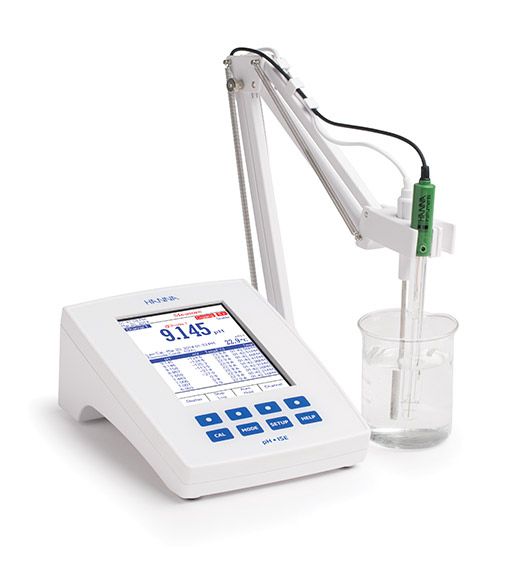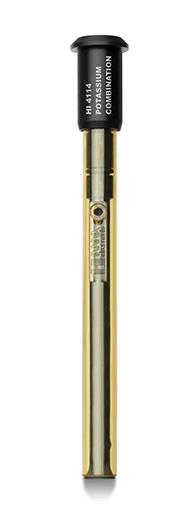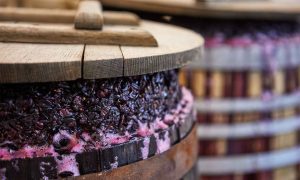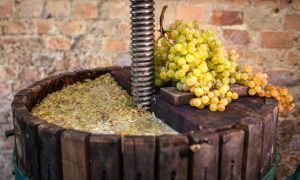Potassium
Potassium is one of the most common ions found in plants cells, comprising up to 10% of the total dry matter in the plant. Potassium plays an important role in a variety of plant processes including maintaining turgor pressure, activating enzymes, and mediating plant growth. In wine grapes, potassium also plays an important role in determining the pH of the juice and the stability of the finished wine. As the potassium content in grapes increases, tartaric acid binds with potassium ions, forming potassium tartrate. Once saturated, potassium tartrate will precipitate, removing free acidity from the juice. This results in a juice with decreased acidity and increased pH.
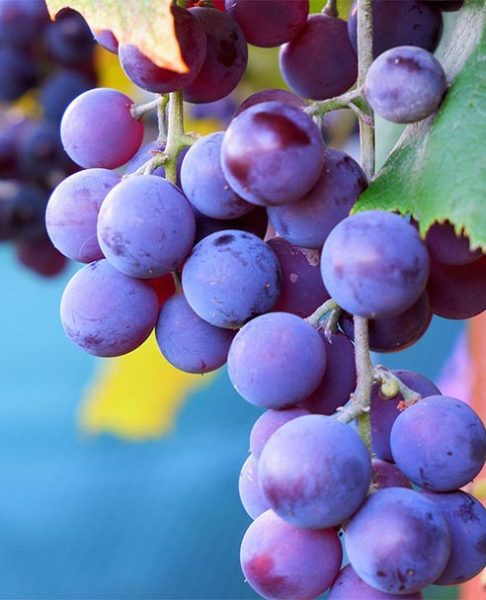

Potassium uptake from the soil by the grapevine roots is accelerated in warm, dry climates. This causes the resulting grapes to typically have pH values above the ideal range of pH 3.0 to 3.8. Wines made from grapes outside of this ideal pH range are prone to problems with protein stability, flavor, and microbial stability. Additionally, finished wines that are oversaturated with potassium tartrate may be prone to problems with tartrate stability. Wines and juice with pH values above pH 3.8 due to high potassium content may be adjusted by addition of tartaric or malic acid. These adjustments will both lower the pH and raise the acidity, and are typically made in the juice before fermentation.
However, chemical adjustment is an expensive process so many winemakers have turned to addressing the cause of the high pH. Potassium can naturally be lowered in grapes by limiting the availability of potassium to the vines. This includes rootstock selection, reducing soil potassium, and other vineyard practices. Avoidance of additives to the must or finished wine is also mandatory for winemakers attempting to make organic wines. An alternate practice employed by such winemakers is to monitor potassium in their grapes and must, and to utilize a blend of wine grapes to ensure an ideal balance of potassium, pH, and acidity.
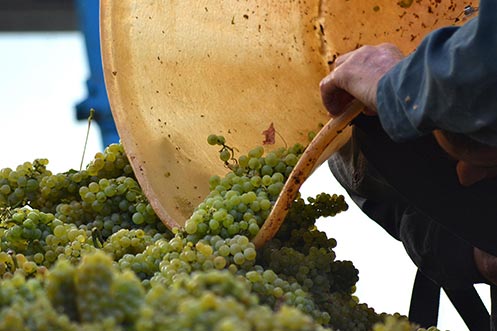
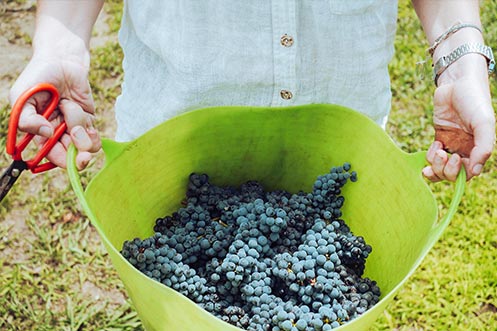
If you wanna make your wine lab more professional and diverse in analysis we have great, simple solutions.
HANNA can offer you HI5222 Research Grade pH/ISE/ORP Meter with the HI4114 Combination Potassium Ion Selective Electrode (ISE). The HI4114 uses an organic polymer membrane sensitive to potassium ions that can measure concentration of potassium in both red and white juice, must, and finished wine.
HI5222
Laboratory Research Grade
Two Channel Benchtop pH/mV/ISE Meter
Two Channel Benchtop pH/mV/ISE Meter
The HI5222 is an advanced research grade dual channel benchtop pH/ISE/mV meter that is completely customizable with a large color LCD, capacitive touch keys, and USB port for computer connectivity. The HI5222 is rich in features including 5 point calibration, selectable resolution, data logging, alarm limits, comprehensive GLP, and much more. It retains simplicity with both dedicated key for routine operation and virtual keys that guide the user through setup options. The HI5222 ensures confidence in measurements with the exclusive Hanna Instruments CAL Check™ feature that alerts the user to potential problems during calibration including if the buffer is contaminated or the probe needs to be cleaned.
- Capacitive Touch Keypad
- ISE Mode with Incremental Methods
- CAL Check™
HI4114
Potassium Combination
Ion Selective Electrode (ISE)
Ion Selective Electrode (ISE)
The HI4114 is a liquid membrane, potassium combination ion selective electrode (ISE) for the determination of potassium (K ) in solution. The PVC membrane comprised with organic ion exchanger produces a potential change due to the potassium ion exchange between the organic polymer membrane and the sample. The internal sensing elements are housed within a durable polyetherimide (PEI) body. The HI4114 is ideal for a variety of applications in wine, agriculture, and water analysis.
- Liquid membrane sensor
- Skirted cone geometry
- Detection from 0.039 to 39,100 mg/L K
Author:
Tajana Mokrović
mag.nutr.
Tajana Mokrović
mag.nutr.

With Great Product Come Great Results

